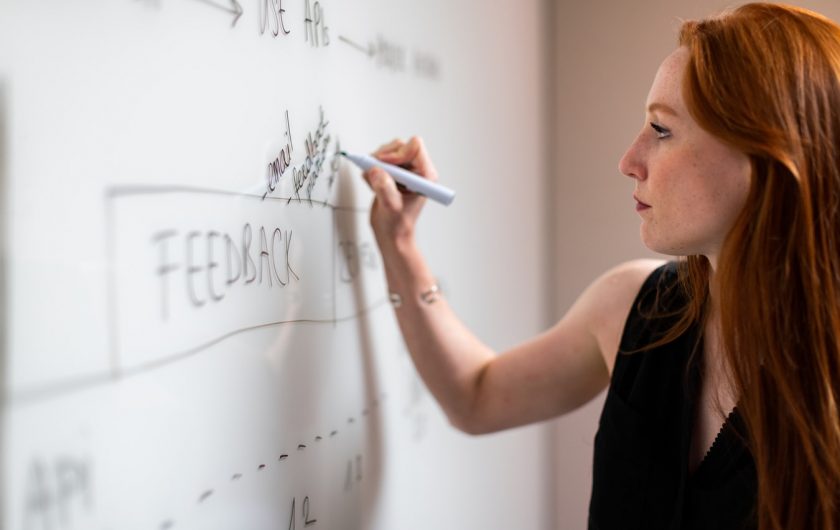VIDEO-CONFERENCE platforms such as Google Hangouts, Microsoft Teams, Skype and Zoom have become ‘the new office’ for many – helping us stay connected, share information and conduct meetings with internal colleagues and industry peers.

When it comes to creativity however, which thrives off ideas and discussion, running a virtual brainstorm can certainly present challenges, and there is a risk of sessions over-running or lacking focus.
Here are three methods to keep brainstorms under 30 minutes that help assign clear actions and objectives to the meeting, ensuring the team gets the most from the session.
1/ The role of the organiser
In order to run a successful creative brainstorm, the team must assign an organiser. This person will own the session’s admin; calendar notes, invitations, event summary, project name and video link – and lead the creative brainstorm and discussion.
Outside of the admin tasks, they’ll be responsible for setting up the brief and objectives to share with the team ahead of the call, so everyone can prepare notes and ideas.
A great way to drive the conversation is to share three questions with the group ahead of the session.
- “What can we do to showcase our destination/venue/event experience to international delegates?”
- “Because we can’t bring our clients to the venue/destination right now, how can we bring the venue/destination to our clients?”
- And by using the example of CENTREPIECE at Melbourne Park: “As our product embodies the surrounding native Australian landscape, what native local produce could we introduce to enhance our premium menu offering?”
It’s also important to allow a variety of team members to play the role of “organiser” – this brings creative diversity and individual leadership development.
2/ Enhancing your creative brainstorm session
Whatever video-conferencing platform your team is working off, make sure you’re up to date with the latest features and tools available to get the most out of the session.
More on this… Building Teams Across Homes
A new one that’s recently launched, that my team loves, is Microsoft Whiteboard. We’re able to easily share our screen and brainstorm as if we were all physically next to each other, jotting down and scribbling ideas. The best part about it – once you’re done, you can save the screen and share across any device. If you don’t have a whiteboard feature available, the organiser can share their screen on the video app with the pre-prepared briefing document as the landing page.
Another feature available across most video-conference platforms is screen recording. This will allow you to play back any proposed ideas and discussion points to ensure nothing has been missed, as well as share to anyone who might not have been able to attend.
3/ Time to brainstorm
Keep brainstorms for each question limited to three or four minutes maximum. This avoids the team getting bogged down on one item, and keeps the discussion flowing.
Here’s how it works in practice:
- The organiser reads out loud the first question, ours is “What can we do to showcase a Melbourne experience to international delegates?” It’s also a great idea to put the question on the shared screen in bold, too. This gives your team something to refer back to during the brainstorm.
- The organiser then sets a four-minute timer and each of the participants silently writes down their ideas, starting each sentence with “What if we…”
- When the four minutes are up, the organiser invites each participant to read out their ideas – allowing all people in the team to share turn-by-turn. Remember to make comments as you go – before you forget the best ideas and need post-session time to refresh. Alternatively, if you are using Microsoft Whiteboard, these notes will be saved automatically on the collaboration whiteboard.
- Once all parties have read out their suggestions, it’s on to question two (and three)!
- Allow time at the end of each question for an open forum discussion on some of the team’s ideas. A useful tip is to read back all the answers and have the group vote on the best (if applicable).
- It’s important that the organiser follows up with a written overview from the brainstorming session and key actions that arose. This will keep the group accountable and engaged for the next session.
Whether you’re looking to take your events from physical locations to online, or wanting to stimulate creative outputs among any team or project, these three steps will hopefully be an effective guide to ensure you can still hold a creative brainstorming session and make the most of this time.
Lara Burnes is general manager of premier events and experiences with Melbourne and Olympic Parks. The sports precinct’s newest venue, CENTREPIECE at Melbourne Parks is due to open later this year.



